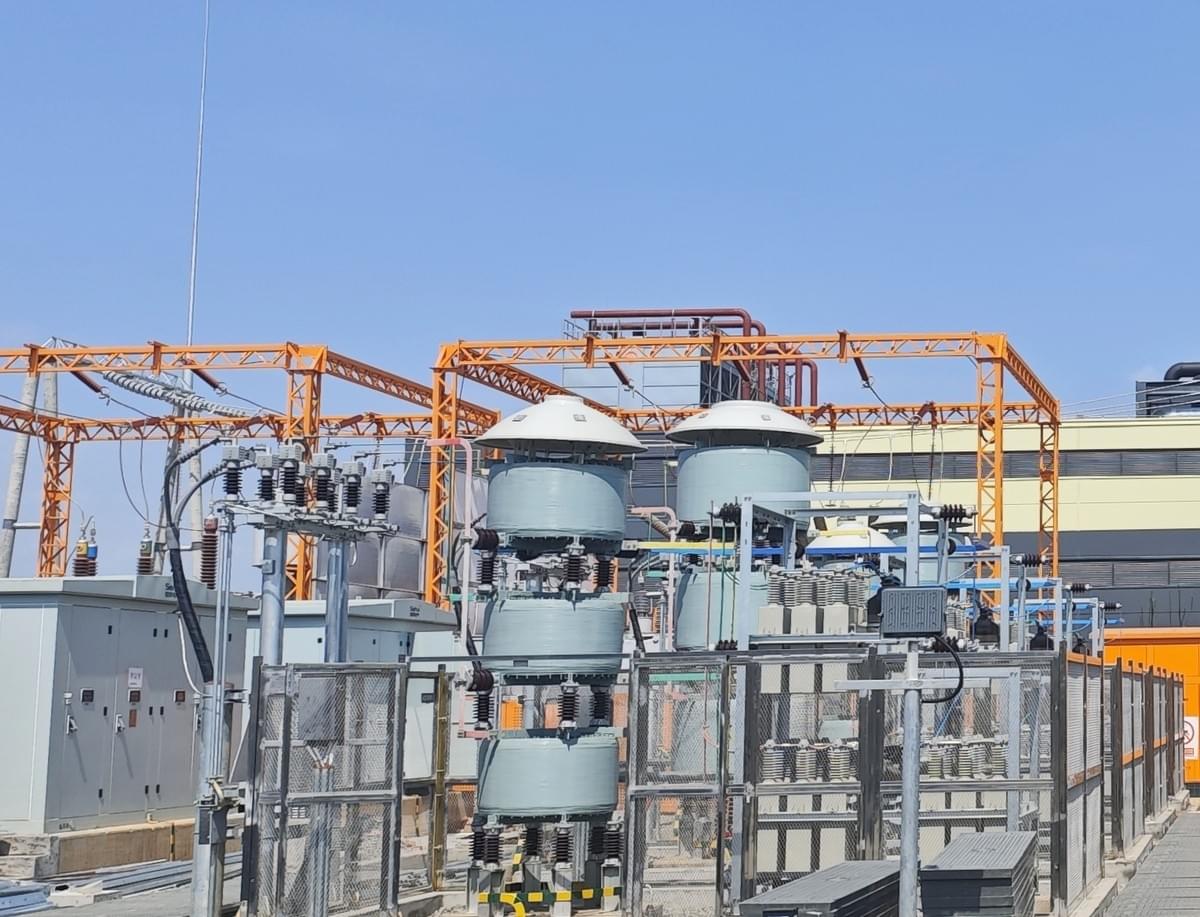
In the operation of power systems, reactive power compensation and capacitors have always played a crucial role. With the continuous growth in society's demand for electricity, the quality of the power grid supply has a direct impact on the economy and the safety of electrical equipment. Reactive power compensation, which adjusts the power factor through the use of capacitors, has become a core means of optimizing grid performance. However, capacitors are prone to faults due to various factors during long-term operation. If not resolved promptly, these faults will seriously threaten grid stability. This article will deeply analyze the necessity of reactive power compensation, examine common capacitor faults, and provide targeted preventive measures to help enterprises improve the reliability of their power systems.
I. The Necessity of Reactive Power Compensation: Why Capacitors Are "Indispensable" for Power Grids
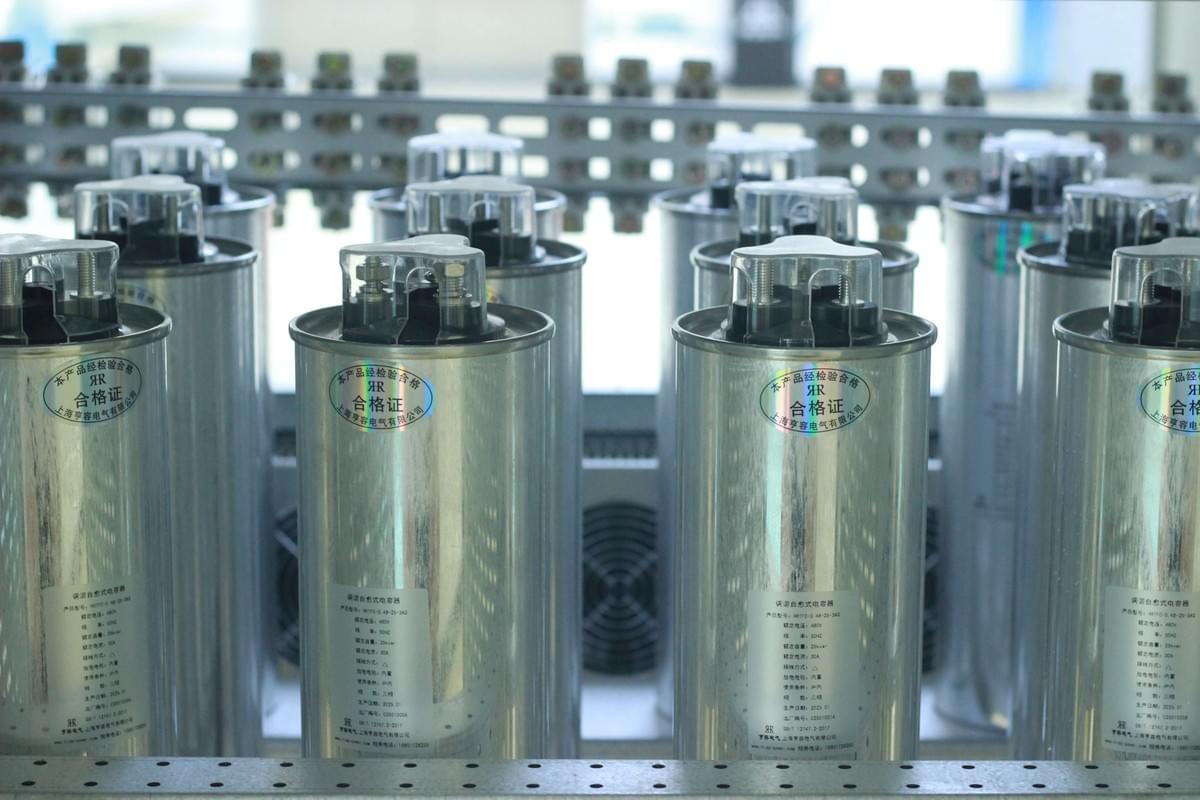
II. Common Faults and Causes of Capacitors in Reactive Power Compensation Systems
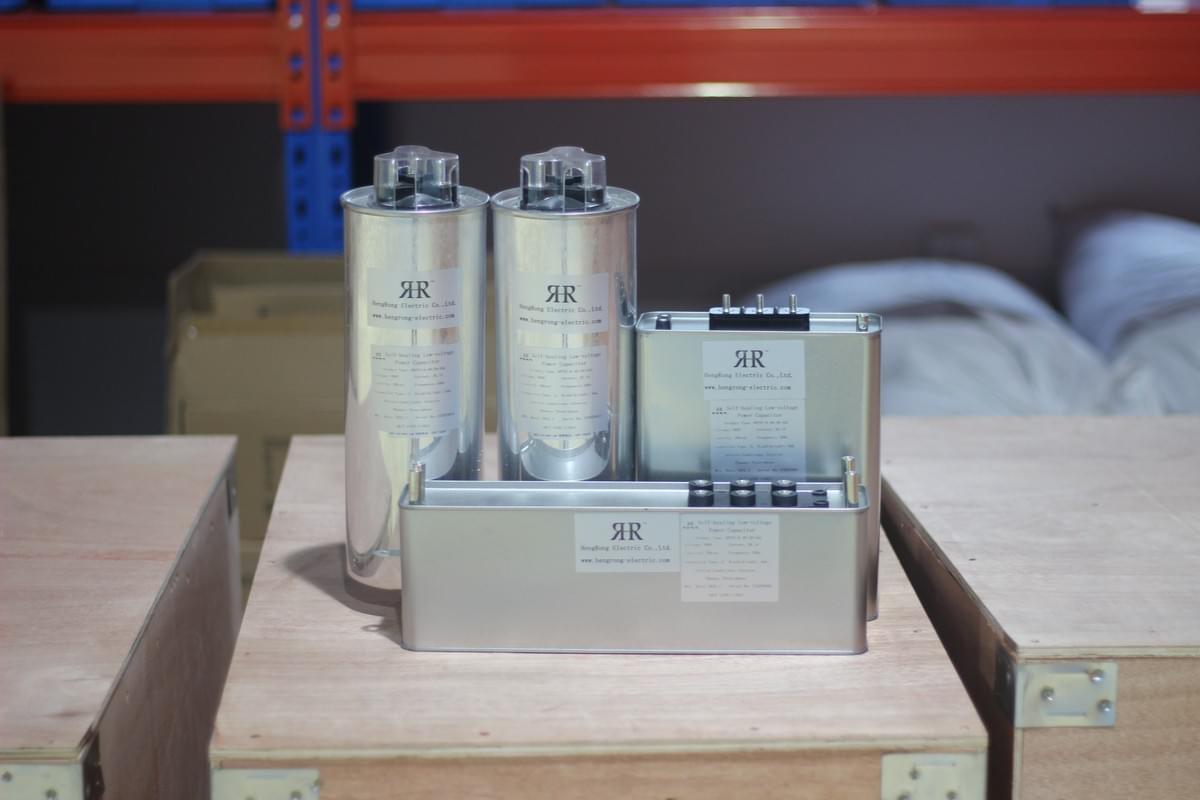
(I) Parallel Capacitor Faults: "Invisible Hidden Dangers" of Reactive Power Compensation
(II) Group Explosion of Single Protection Fuses: "Sudden Risks" Threatening Reactive Power Compensation
(III) Capacitor Oil Leakage and Bulging: Intuitively Visible "Fault Signals"
III. Safeguarding Reactive Power Compensation Safety: Preventive and Treatment Measures for Capacitor Faults
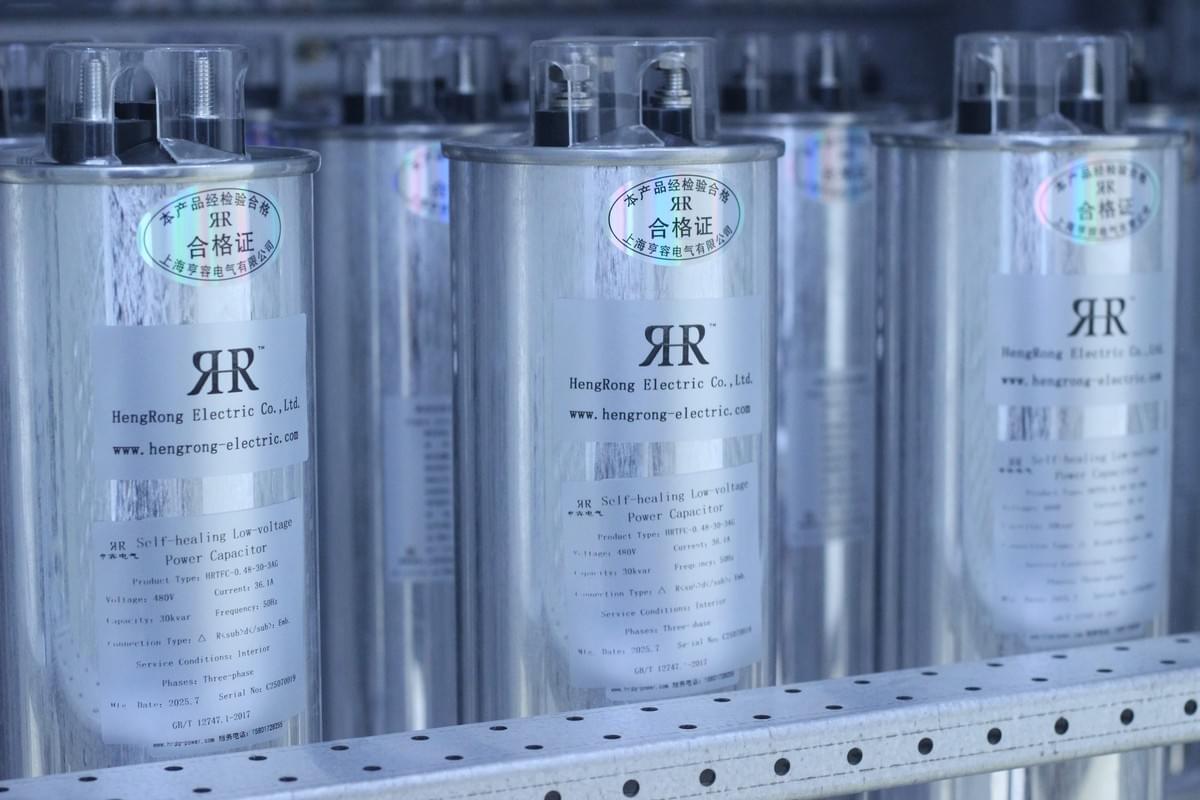
(I) Strictly Control Capacitor Quality: Build a "Basic Defense Line" for Reactive Power Compensation
(II) Scientific Installation and Configuration: Optimize the "Operating Environment" for Reactive Power Compensation
(III) Strengthen Daily Operation and Maintenance: Hold the "Safety Bottom Line" of Reactive Power Compensation
(IV) Targeted Fault Treatment: Resolve "Sudden Crises" of Reactive Power Compensation
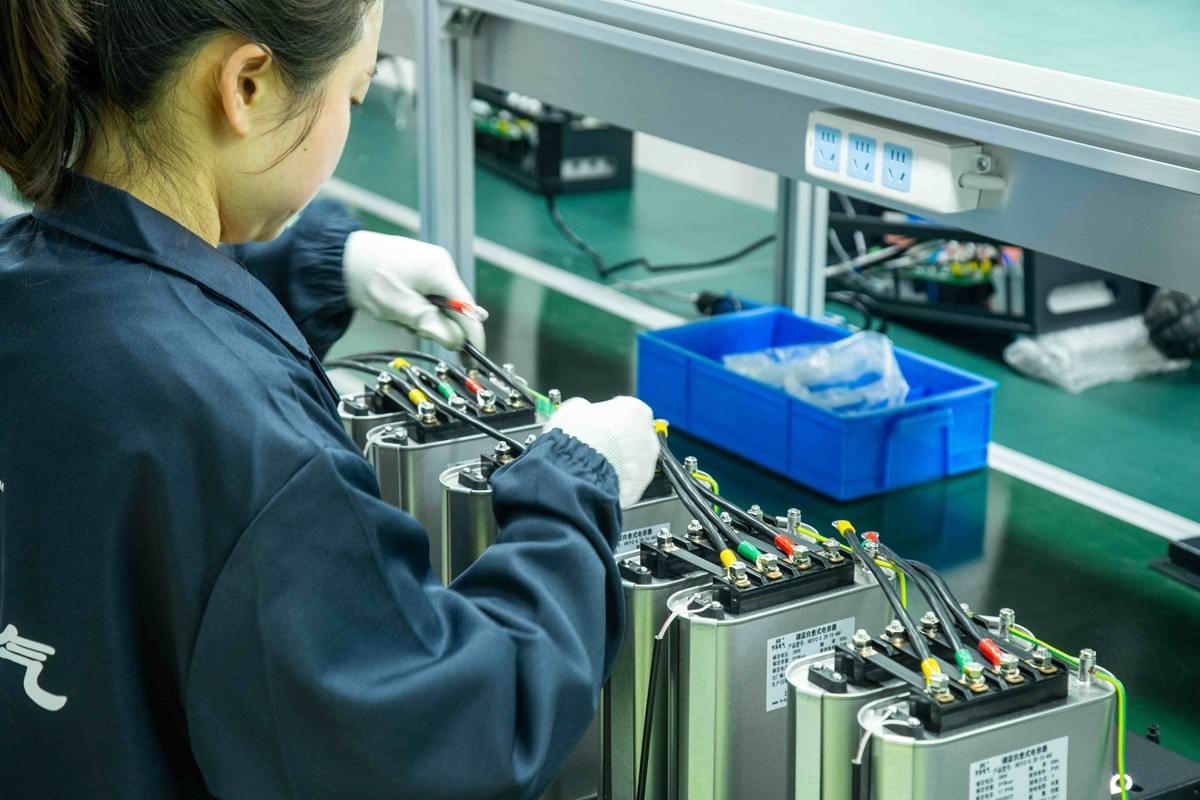

At Hengrong Electrical, we understand that every detail in power control matters. From advanced product design to innovative filtering solutions, we are committed to delivering reliable, efficient, and future-ready technologies. By choosing Hengrong, you gain more than just products — you gain a trusted partner dedicated to helping your business achieve smarter, safer, and greener operations.
